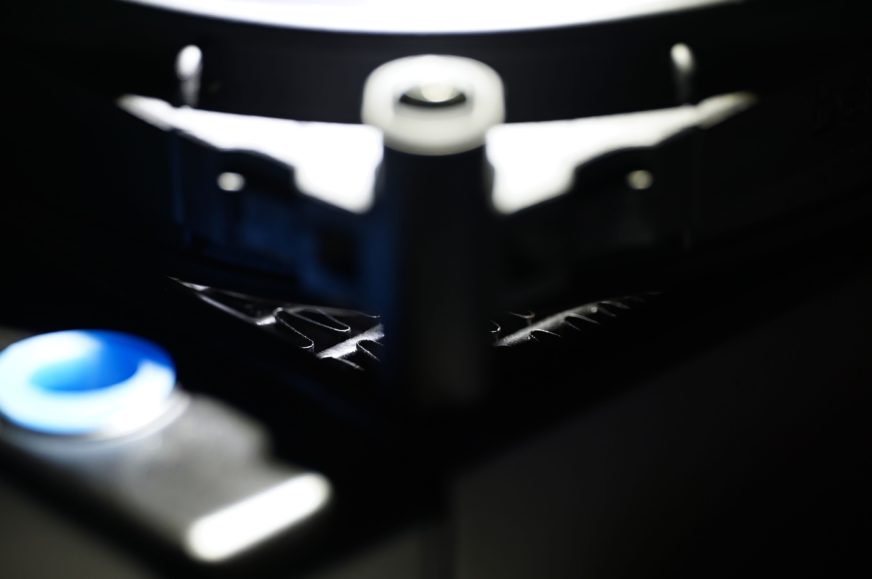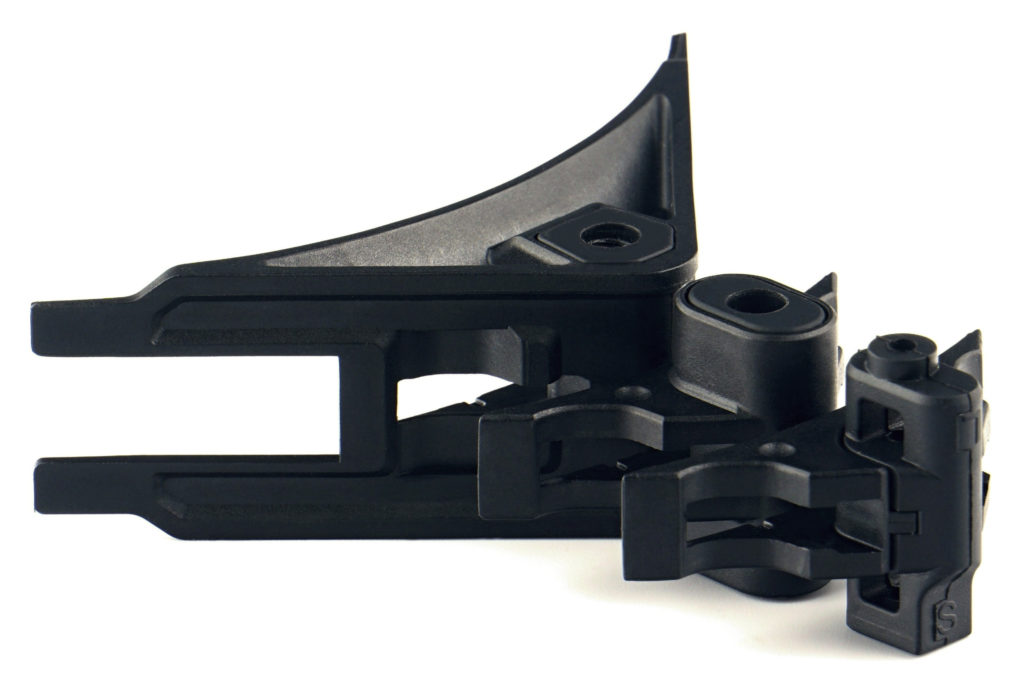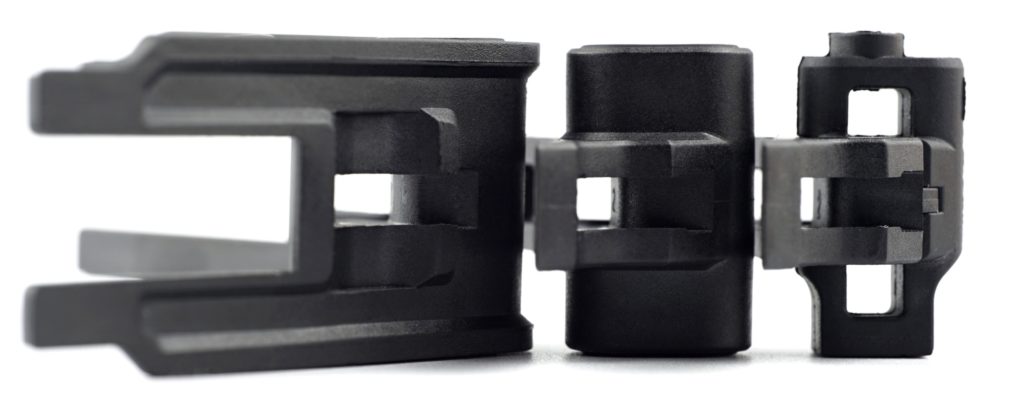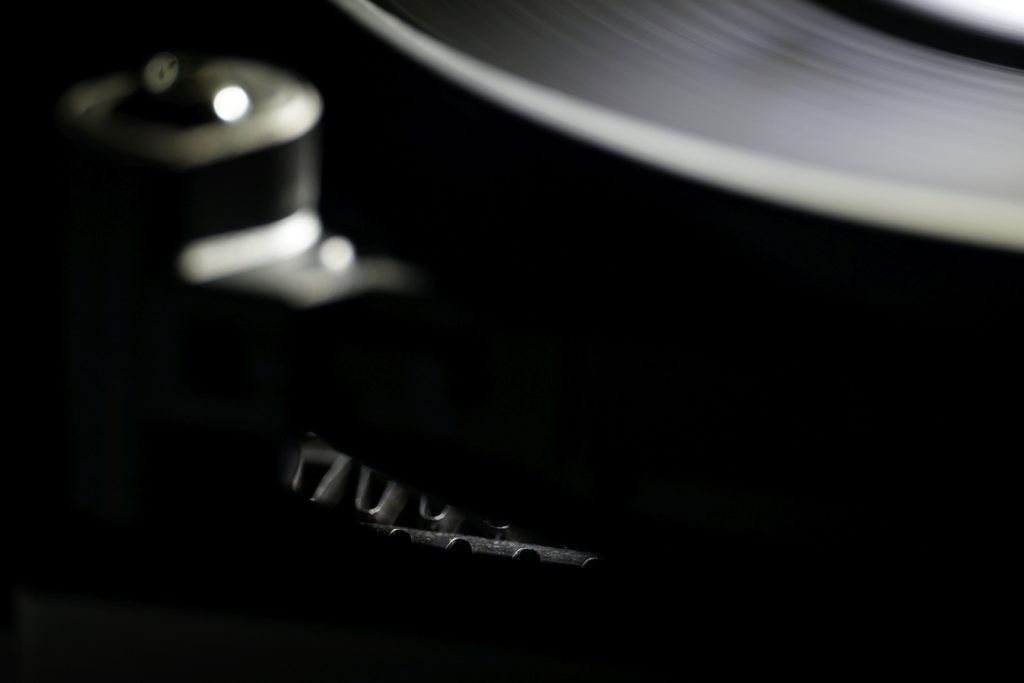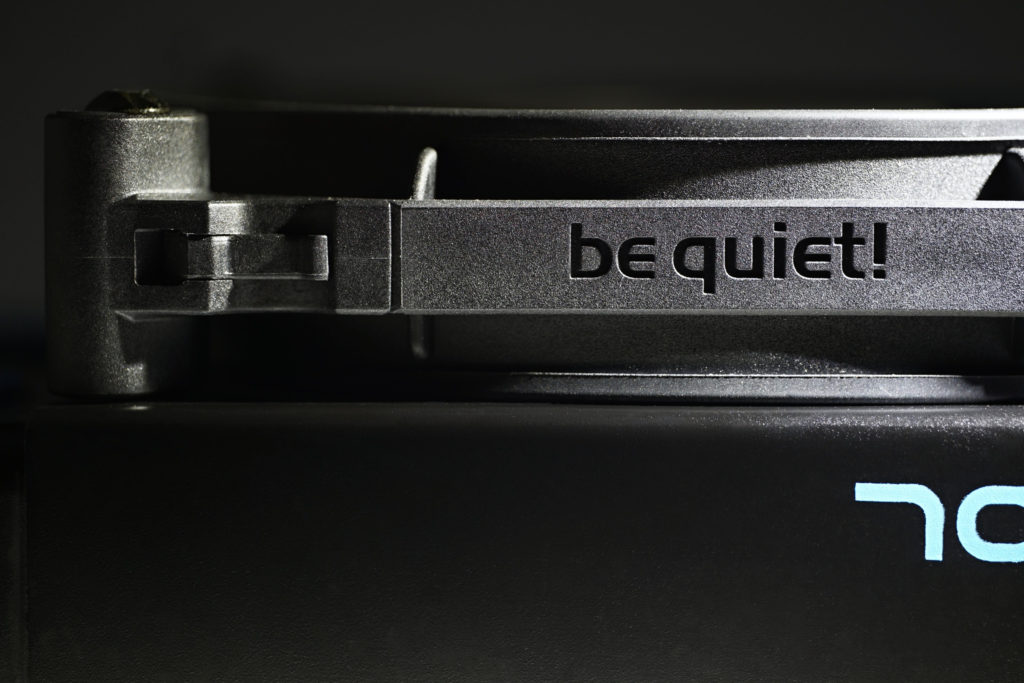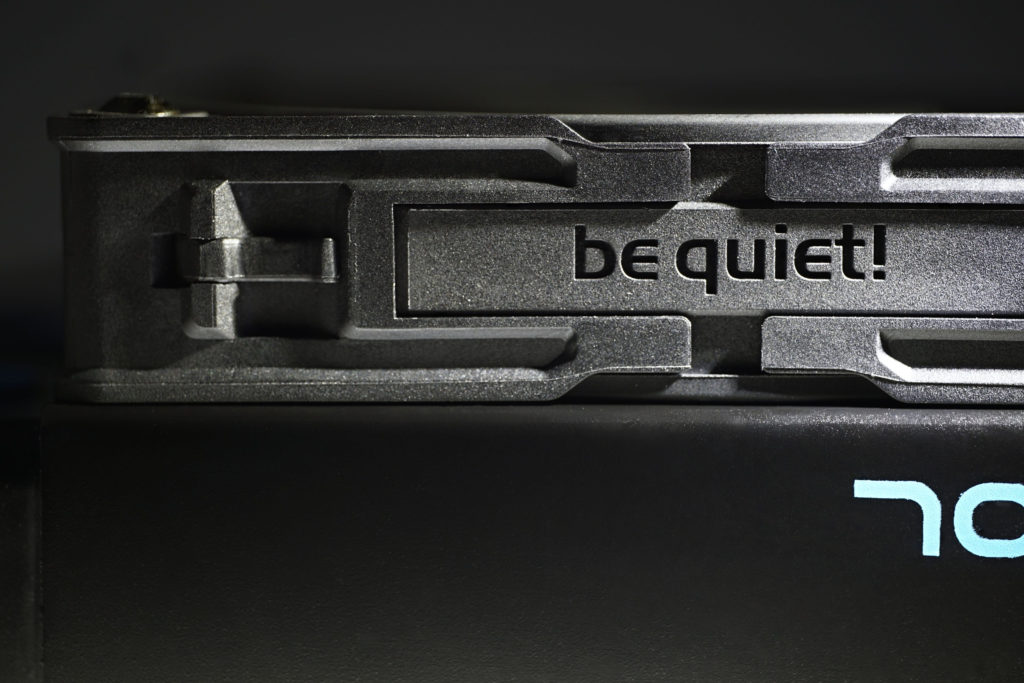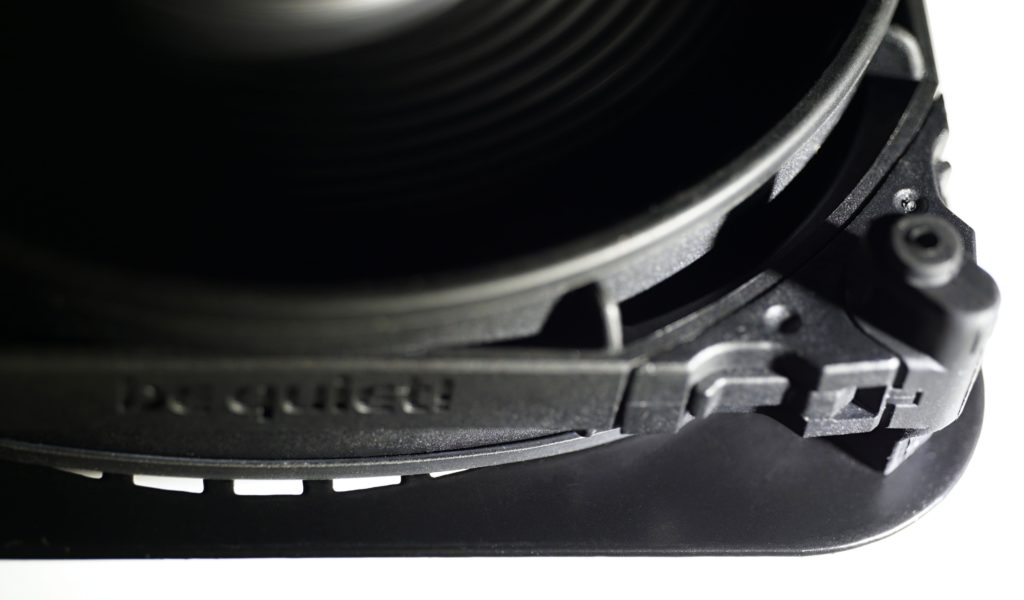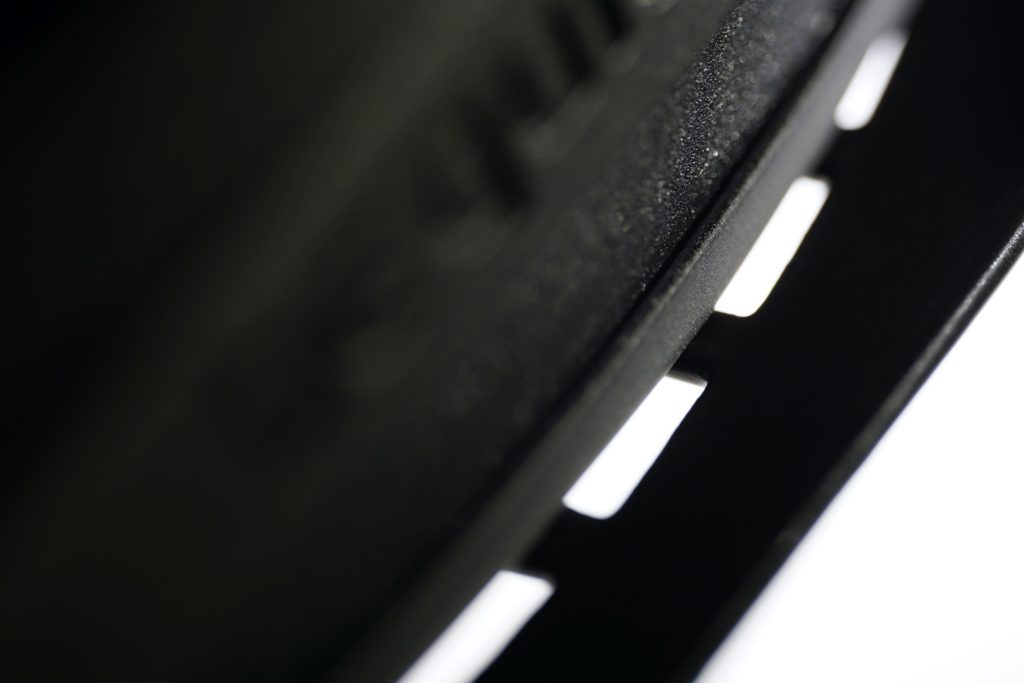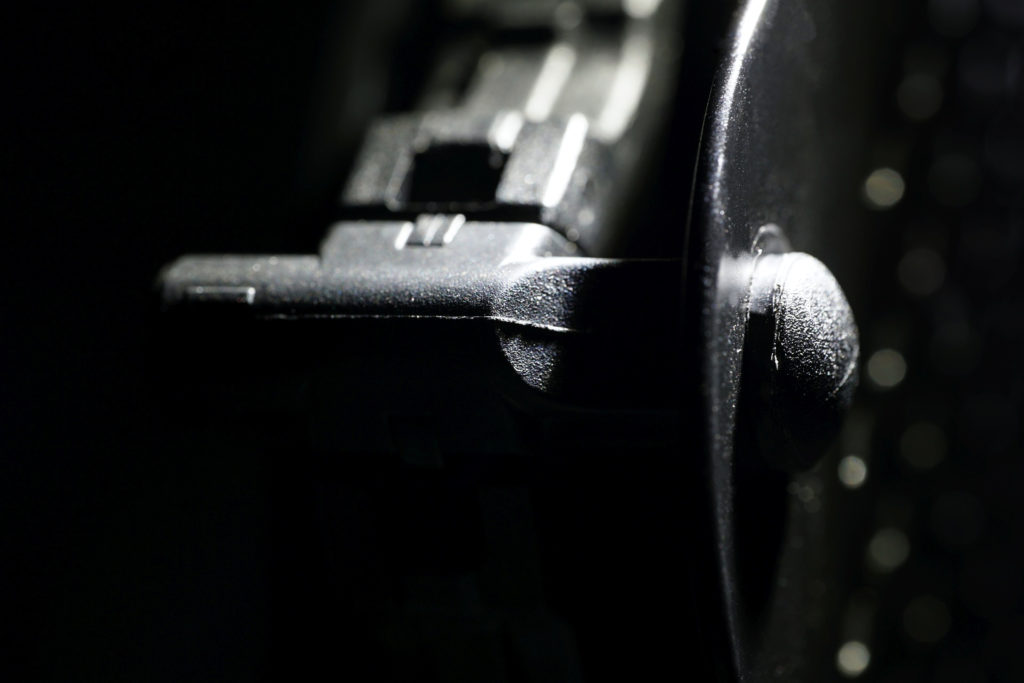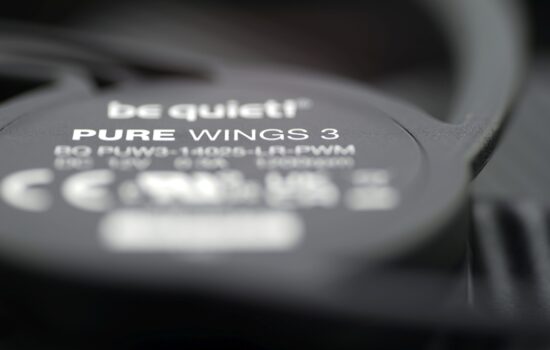Tests of alternative BeQuiet! mountings
The hunch that BeQuiet! couldn’t be this wrong was correct after all and now we have to tuck our tails between our legs. The original headline still stands, so “Don’t swap corners on Silent Wings (Pro) 4! You’d get worse results”, but it’s a little different than how we originally presented it. There has in fact been a mix-up of corners and now we’ll settle everything. We apologize to you, our readers, and to BeQuiet! for the original interpretation.
We have recently tested the new BeQuiet! Silent Wings 4 fan with the alternative mounting corners. All measurements were correct, but damn it, we assigned the wrong usage to each corner. I guess BeQuiet! themselves could have labeled them to make things clearer, but that doesn’t matter now. The important thing is that we now know where the mistake was made, and now we’re going to dissect it a bit.
Two replacement corner kits in the BeQuiet! Silent Wings 4 fan accessories are not for radiators and for cases, they are for cases only and the other ones are “standard”. We referred to these as the “radiator ones” in a previous article, but those are actually pre-installed on the fan. But only on the Silent Wings 4 with the “Pro” attribute.
On regular SW4s, “standard” (or basic, whatever you want) corners are pre-installed. So everything makes sense, except for the mislabeling of the corners in the original test. The corners we referred to as “for radiators” are “standard” and vice versa. We got it mixed up at first.
No holes for higher static pressure
The largest and tightest arms thus have corners optimised for running on a radiator. These, unlike standard ones, seal all leaks that arise with the use of “standard” corners. As you can see in the detail photo below, holes are created in the corners with those, for which the static pressure is reduced.
This happens in a similar way to a wheel puncture. While the impact on performance is not as dramatic (because the rotor is still pumping into the radiator), the drop in cooling performance is still significant with “standard” corners. You can see this from the results of chapters two through five.
It is also important to note here that only the Silent Wings 4 in the “Pro” variant has radiator-optimized corners pre-installed. The cheaper Silent Wings 4 has “standard” corners with openings, and you already know how much they reduce performance. One can understand this is some added value that BeQuiet! wants to sell, in short. So the premium isn’t just about a more robust cable, speed switch and higher RPMs, it’s also in getting corners that increase static pressure and thus the cooling efficiency of the fan. For the Silent Wings 4, this is a bit sad and its features are thus degraded a bit artificially, but that’s the way it is.
Insulating the corners is not enough
As for the anti-vibration mountings, nothing changes with all the Silent Wings 4 (with and without the Pro) achieving debatable results.
Structurally these corners are great, they contain a lot of soft rubber (with an estimated 40 Shore hardness) and vibration is perfectly pinched out at the mounting points. The problem, however, is that they are transmitted elsewhere, through the tunnel that surrounds the rotor. It touches the grille and, although its edge is lined with a rubber strip, it operates at too small a thickness and the transmission of vibrations along this route is quite intense.
At higher speeds (above 1250 rpm) the vibration intensity is always lower with anti-vibration corners, but at lower speeds (below 1150 rpm) the vibration is lower with the use of pre-installed corners. And these, as you already know, are for the Silent Wings Pro 4 the largest of the trio, the “radiator” ones.
So, once again, we apologize for Monday’s misinformation, and we’ll conclude by dropping a dilemma into the air. What’s the point of the “standard” corners in the Silent Wings Pro 4 accessories? For lower vibration at higher speeds? Did the engineers at BeQuiet! consider them that way? And what about the openings that reduce airflow? It doesn’t matter when mounted in a case, because the tunnel around the rotor contacts the grille and thus everything is aerodynamically sealed as it should be. How the new fans work with these corners will soon be shown in the Silent Wings 4 tests.
Note: The hasty article with the headline „Don’t swap corners on Silent Wings (Pro) 4! You’d get worse results“ will be left up after publishing this correction for comparison, but we will later take it down. This is so as not to mislead people who will not get to this corrected version.
English translation and edit by Jozef Dudáš
- Contents
- Tests of alternative BeQuiet! mountings
- Results: Airflow through a thinner radiator
- Results: Airflow through a thicker radiator
- Results: Static pressure through a thinner radiator
- Results: Static pressure through a thicker radiator
- Results: Vibration, in total (3D vector length)
- Results: Vibration, X-axis
- Results: Vibration, Y-axis
- Results: Vibration, Z-axis





